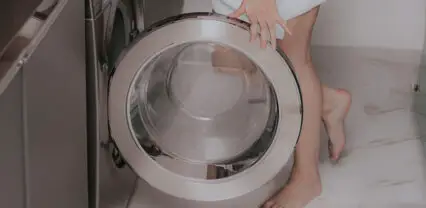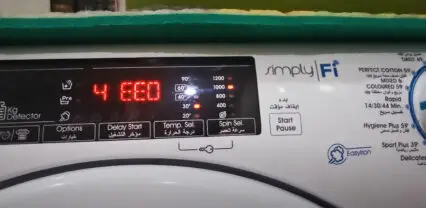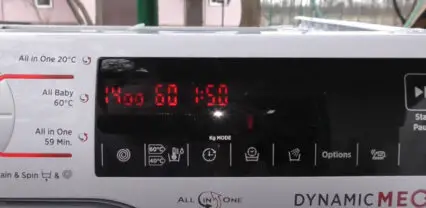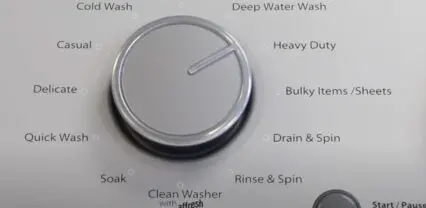Dry cleaning is a cleaning method that makes use of solvent instead of water. However, do not get me wrong though because the dry cleaning process also involves the use of liquid. To dry clean cloth, it is soaked in Tetrachloroethylene – a water-free liquid solvent that is popularly referred to as perc in the industry and has proven to be the best cleaning method for clothes made with synthetic materials.
No doubt, dry cleaning is one of the most effective ways of removing stains from clothes, however, many people remain unconvinced about its effectiveness in disinfecting clothes and that is why it is not unusual to see questions like, Does dry cleaning kill moth? How long does it take dry cleaning to kill a moth?. I will be entertaining these questions in this guide, while also providing 3 proven steps on how to kill moths with dry cleaning solvent. Do not miss step no 2 because it is the secret to achieving success. Keep reading for details.
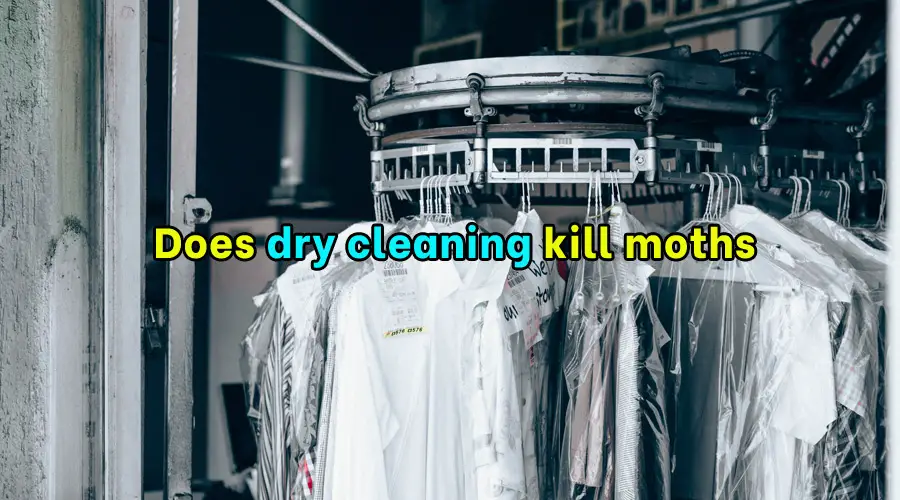
What size are cloth moths?
Cloth moths are usually relatively small, about 1/2 inch in size. They have narrow wings that can grow up to about 12-17mm long. The larvae of a moth can grow up to about 13mm in length.
Can the cloth moth be black?
No, a cloth moth cannot be black. The typical cloth moth commonly found around cloth is beige or buff-colored. It is their closest neighbor also popular for infesting clothes, known as the case-bearing moth that has indistinct dark spots on its forewings. However, there’s a particular species of moth known as the dark-colored moth that is usually dark.
Why do I have a cloth moth in my house?
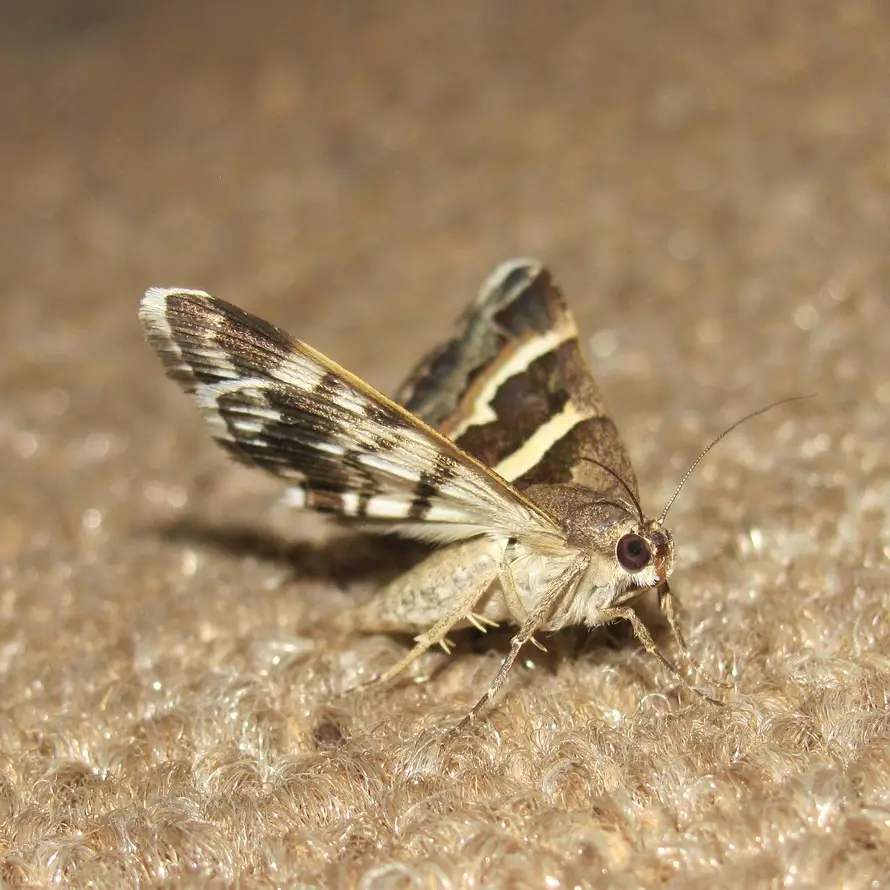
If you notice that you have holes in your sweatshirt, fur, upholstery, or wool jacket, be rest assured that your home has been infested with moths. I know you may be wondering how that’s possible, well I can assure you that there are a thousand ways it is possible. Details explained below are possible reasons why you have a moth in your house.
- Luggage
If you have unknowingly been to a moth-infested place with luggage, there’s a high possibility that might have picked up some moths from there. Moths are notoriously known for their ability to sneak into spaces. They might have sneaked their way into your luggage without you knowing about it. Have you been to a place that you suspect might be infested? You had better go and check the luggage you carried along with you to the place, moth may be nesting in there. Just make sure you seal your luggage tightly when next you’re moving between places.
- Cracks and gaps
Cloth moths are opportunists, they make good use of opportunities when one presents itself. With their naturally small body, they can easily make their way into your house through the tiniest hole or openings. Oh! Your building does not have any holes? Well, don’t be too comfortable because these tiny insects are capable of utilizing that short period between you opening your door just to go out or come inside your home to gain entrance into your building.
- Garage store
There are lots of factors that can encourage the growth of moths in your garage store — it is always dark and filled with lots of items that provide easy cover for moths to live and thrive. Whole in order seasons, they may maintain their location and if there’s to be an infestation, it will be minimal. However, when winter beckons, they may become aggressive and forced to find their way into your house in search of the perfect shelter away from the cold.
- Grocery bags
All moths do throughout their lifecycle is to procreate, eat and grow. Your abandoned grocery bags provide them easy access to these needs — they feed on any food droplets in the bag, and grow and procreate in there if their activities are not checked. One interesting fact about these annoying insects is that they can eat through soft plastic, just to access dried food. The grocery bag is usually a good source of foods like cereal, flour, and pasta for moths.
Where do common cloth moths come from?
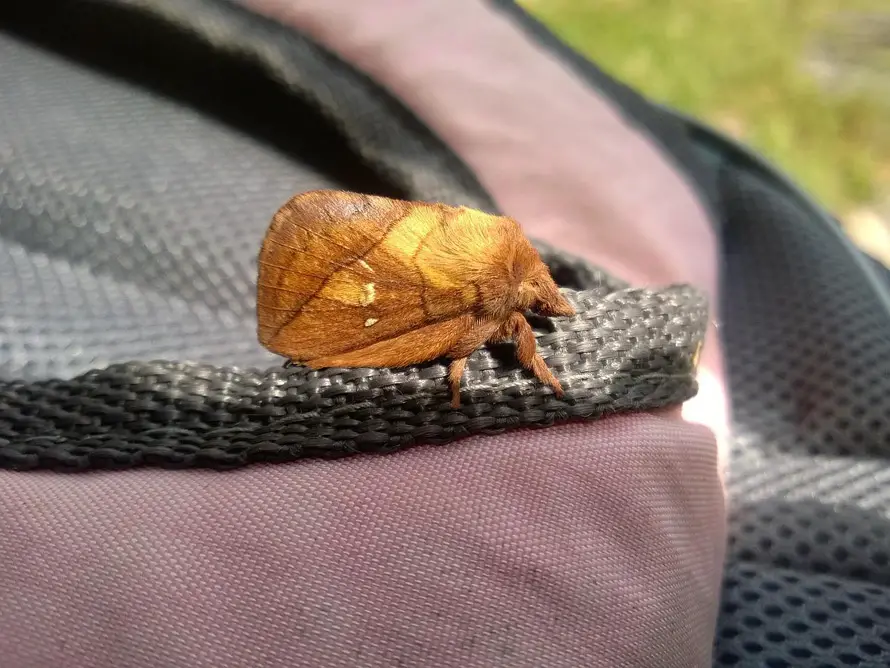
Apart from the various locations discussed above, moths can also be found inside vents and ducts. These spots are a good source of foods like lint and shed pet hair. They can also be found on dead pets and bird nests that are in chimneys, wall openings, and attics.
How to find the source of cloth moths
The perfect place to locate the source of cloth moths is dark spots that are close to the infested clothes. Have it in mind that you are looking for frass or white webbings that look like messed-up cobwebs. After looking through with no result, you can also your carpet, specifically the spots around the edges. You can also check the underside of your rug or the under-bits of your upholstery.
Are all moth cloth moths?
No, not all moths are cloth moths. Cloth moths are given such a name for obvious reasons — they eat clothes. However, we have various species of moths and not all of them eat cloth. It might even interest you to know that a large population of adult moths doesn’t eat at all and some of them don’t even have a mouth.
How do cloth moths spread?
If their growth is not curtailed, they lay eggs and continue to multiply. An adult female cloth moth can lay up to 40 or 50 eggs at once and that is they continue to spread and grow.
Does dry cleaning kill cloth moths?
Yes, dry cleaning kills cloth moths. If you intend to completely eradicate cloth moths from your moth-infested cloth, your best bet is dry cleaning them. Dry cleaning will kill the moths, their larvae, and eggs without causing any damage to your clothing fabric.
Does dry cleaning kill moths egg?
Yes, dry cleaning will eliminate the entire bloodline of moths including their eggs.
How long does it take for dry cleaning to kill moths?
A dry cleaning solvent is super effective at eradicating any form of infestation. Dry cleaning will kill moths within 20 minutes
How to clean moths with dry cleaning solution
Check below for information on how to remove moths from clothes using a dry cleaning solvent.
- Test solvent on an inconspicuous part of your cloth to check for any possible effect. If none, proceed to step 2.
- Dab a small amount of the dry cleaning solution in a bowl of cold water and launder your cloth the normal way.
- Rinse and dry your cloth afterward.
How to get rid of cloth moth in closet
- Vacuum your closet thoroughly and make sure to discard the content of the vacuum bag afterward.
- Make a homemade moth trap using flypaper and fish oil.
- Clean your closet with vinegar solution.
- Cedar is a good moth repellant, spray some in your closet to prevent their growth.
- Wash your cloth regularly.
How do I know if my clothes have been infested by a moth?
- When you start noticing holes in your clothes.
- When you start to see rough deposits on clothing and rugs.
- When you start to see moths flying and crawling around your house
- When you see tiny tubes on your clothes (these tubes houses larvae).
- Excessive shedding of fur.
Curious to know does steam cleaning kill carpet moths?

“Your home is a representation of yourself, and it should only be filled with clean items that you enjoy and use”
Professional cleaning expert
